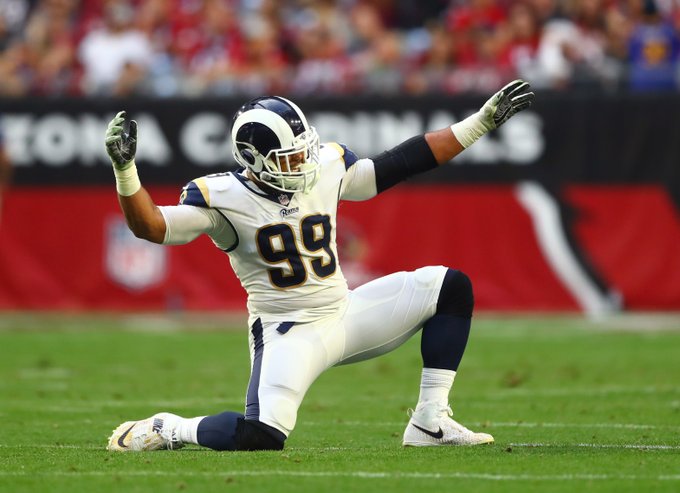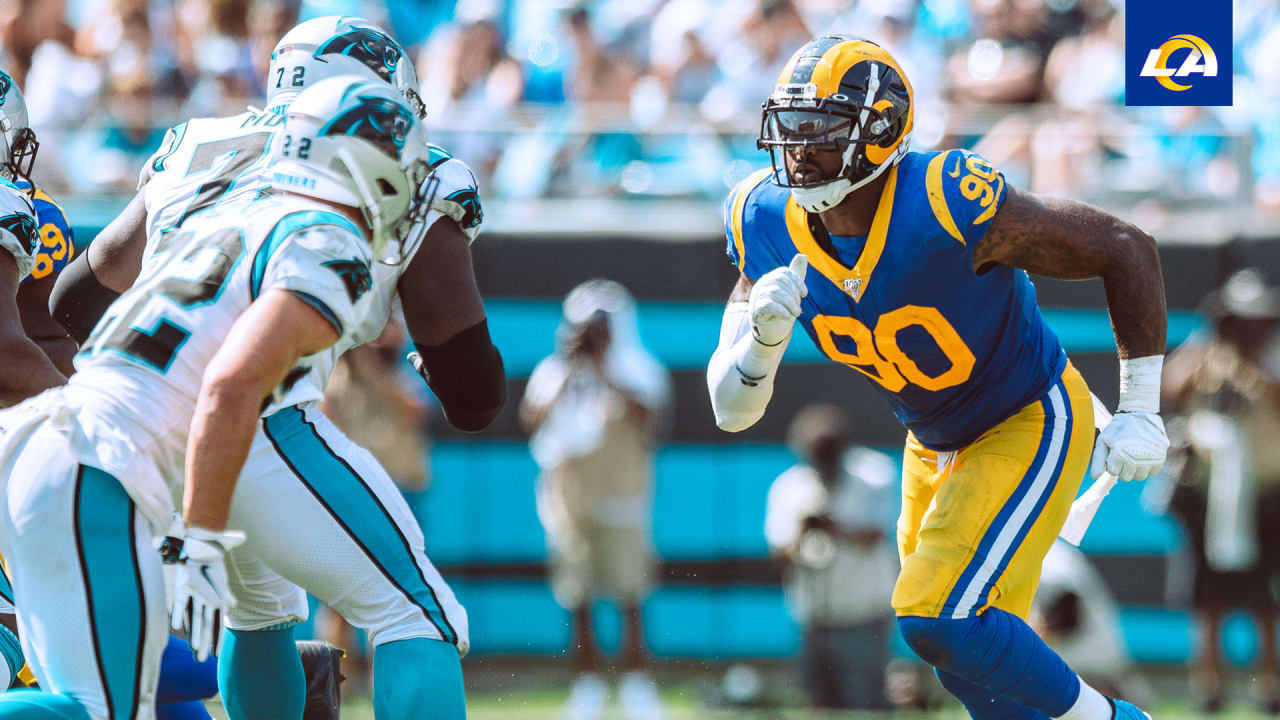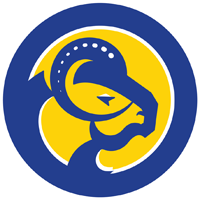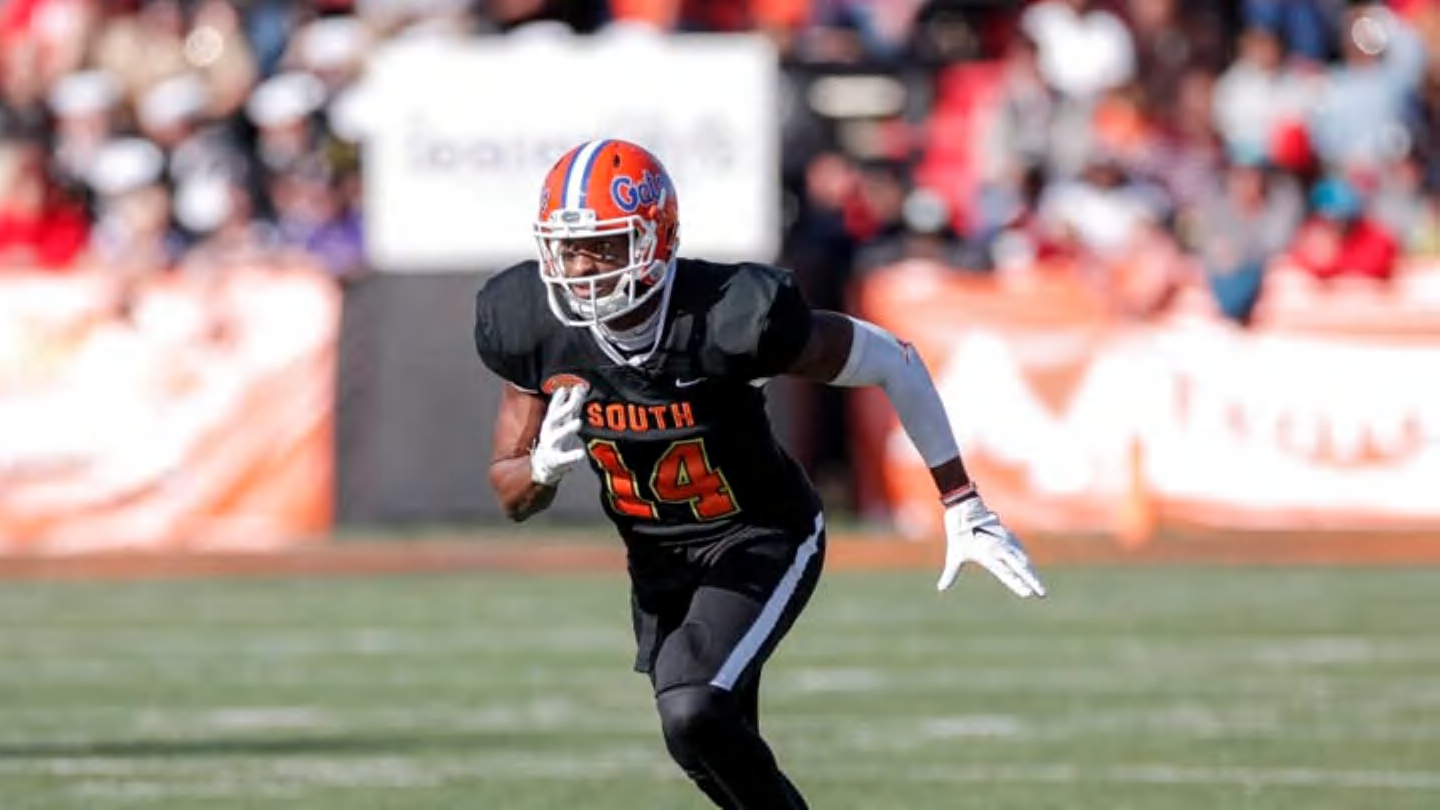This could be an interesting series to read.
1st of 3 part, released.
The first in CBS Sports' three-part series on what a season without full stadiums would mean for the NFL

www.cbssports.com
No Fans Allowed? What empty stadiums would cost NFL teams and how they're trying to solve the financial strain
The first in CBS Sports' three-part series on what a season without full stadiums would mean for the NFL
The 2020 NFL season is, like the rest of us, balancing delicately between hope and reality.
Four months from opening kickoff, there's the hope that the 17-week regular-season schedule will go as planned, and then there's the reality built into the slate that allows for games to slide by weeks or be lopped off completely. There's the hope that, within the next few months, we will have continued to flatten this COVID-19 curve and created affordable, reliable and widely-available testing, and there's the reality that we are lagging behind other developed countries in our overall handling of this pandemic, and a potential vaccine won't come until at least 2021 according to health experts.
And thus, there's the hope that by Labor Day weekend or thereabouts, we can return to some sort of life as normal. All 256 games will be played in stadiums with some social-distancing measures put in place across the league. Then there's the reality that, absent a vaccine, it wouldn't be safe to pack 70,000 people into a 70,000-seat stadium this fall and that it may not be allowed by certain local governments anyway.
Any way you look at it, the NFL is going to take a financial blow this season. After continued revenue growth year over year, the league should expect that to come to an end this season under even the most optimistic of hopes. Full stadiums cannot happen in the current environment, and four months may not change that.
"To me, right now, nobody's going to have revenue growth," one NFC executive told me. "No one's going to replace lost revenue."
The result will be tens of millions of dollars in lost revenue across the league. The league office has already implemented pay cuts and furloughs in a period of time where the league usually doesn't bring in the bucks anyway. Individual teams have been in planning -- nay, salvage -- mode for weeks.
In this three-part CBS Sports series based on dozens of interviews with team and league sources over the past month, we're going to look at what an NFL season played in front of few or no fans will look like and mean for the 2020 season and beyond. The first piece of this series will examine what teams are doing (and hope they can do in the near future) to save money and how the viewing experience may change for fans watching from home.
Estimating losses
Games without fans would cost $70 million in gate receipts per team — as a conservative estimate. Count the 10 games (two exhibitions) at a stadium and multiply by $7 million, which several sources indicated would be a fair average across the league. And while you'd save on expenses like event staffing, you'd still lose out on millions in concession sales and parking.
The NFL has long had revenue sharing in place, and the bulk of the money pool comes from television contracts. But TV contracts are not the entire pie, and with those numbers already locked in for this season, the expectation is total revenue takes a big hit.
And even though the NFL has enjoyed all-time revenue highs this century, teams still amazingly see small profit margins. At least that's the case for the Green Bay Packers, whose standing as a publicly owned corporation allows for a peak behind the NFL curtain. Here's a look at their public statement of revenue from the past two years (keep in mind all of the dollar values are in thousands):
| Statement of Income | 2019 | 2018 |
| Revenue | ($ in thousands) | |
| National | $274,293 | $255,939 |
| Local | $203,650 | $198,990 |
| TOTAL REVENUE | $477,943 | $454,929 |
| Expenses | ($ in thousands) | |
| Player costs | $243,082 | $212,734 |
| Team | $63,595 | $60,411 |
| Sales, marketing, etc. | $66,927 | $63,824 |
| Facilities, net | $30,466 | $31,602 |
| General and admin. | $73,149 | $52,296 |
| TOTAL EXPENSES | $477,219 | $420,867 |
| Profit from operations | $724 | $34,062 |
| Net income | $8,368 | $38,56 |
As the adage goes, you make a lot of money and spend a lot of money. The Packers, who I'm told are at the high-end of local revenue generation among NFL teams, netted an operating profit of about $724,000. Circumstances like Aaron Rodgers's record-breaking contract, deals for a new coaching staff and concussion settlement payments accounted for such a small margin.
Last year's financials show the team may have been getting too fat in the belly. The $724,000 in operating profit from 2019 is a sharp decline from the reported $34 million operating profit the year before. That was down from $65.3 million the year before that, and down even more from $75 million in 2016.
A loss of local revenue in the tens of millions will significantly impact operations for each team in the NFL, and it will especially harm the teams who have been nearing the edge. As teams begin to count the money that won't be coming in this fall, they're focused even more on making sure more doesn't go out the door.
"Way, way, way more energy is being spent on preserving the revenue that we have than replacing what we're going to lose," one team executive says.
That's hard to do when the company that has sponsored your team is also hemorrhaging money. If a major airline sponsors a team, and that airline lost hundreds of millions of dollars last quarter, it surely is going to tighten its belt.
"The airlines would have a tough time right now, or be heavily criticized, for making sponsorship payments," said Bill Sutton, director of the sports and management program at the University of South Florida. "You have to look at what's logical and go that route, whether that's extending payments, making payments smaller or skipping a payment or creating a balloon payment in 2021. Whatever is most appealing to the sponsor."
And even if that sponsor stays with the team, it still has to see value commensurate with its investment. That won't happen if it's purchased a luxury suite or naming rights to a now-closed gate entrance.
Welcome to the concept of a make-good, and it's something you're already seeing across the league. If teams can't deliver value to sponsors in the agreed-upon way, they'll look to do so in some form of credit. Notice that a number of teams slapped more sponsors on their site's draft coverage last month? You'll be seeing more of that, based on conversations I've had.
And season-ticket holders have seen this in several ways already. Many teams held exclusive video calls with team brass around the draft for their most loyal fans. Teams understand the value of the season-ticket holder, and they can't see their dollars leave this season or any season.
In an attempt to marry these two concepts, multiple sources floated this theory: give season-ticket holders regular, inside-the-huddle-like virtual access through your in-house digital operations. The first 15 minutes of a practice normally open to local media could be sold to a corporate sponsor and delivered as premium content to the most loyal customers. Same for pre-game warmups or pre-game locker room access.
All of these options could be on the table, but major changes will have to be made to truly make up this impending delta.
Effect on advertising
The LED ribbon boards and state-of-the-art video boards at NFL stadiums will be working just fine this fall. Typically, they'd blast advertisements for team sponsors for 70,000 pairs of eyeballs. But without fans in the stands, will these advertisements make a sound?
Team sources agree that, in order to deliver value to those sponsors, the league must relax its advertising rules for this unique season. One rule in particular is the so-called "40-foot rule," which mandates teams cannot have local advertising in the space 40 feet above field level. (For context, the goalposts top out at 35 feet.)
It wouldn't be permanent, and no, it probably wouldn't make every existing sponsor happy. But it'd be a way to cover some of the losses. Some opportunities that the NFL hasn't fully tapped include giving sponsors placements:
- On the walls surrounding the field
- Using a tarp across empty seats in the lower bowls
- On the goal-post net, a very visible placement for field goals
- In-stadium virtual advertising that could be rotated throughout a game
- "You're going to be more intentional on sponsor exposure through the cameras and on TV," one longtime former NFL team executive told me.
NFL stadiums such as Mile High offer plenty of potential advertising real estate. USATSI
At the risk of upsetting a current sponsor, teams would have to be mindful to avoid a Coke-vs.-Pepsi-like conflict. But this could open the door for a newcomer in the sponsorship world.
Perhaps there's a brand relatively unaffected financially by COVID-19 that views this as an opportunity to finally get in with an NFL team. Peloton, maybe? In the absence of college football season, maybe an insurance company joins. Or a brand that had earmarked ad dollars for some ambush marketing in the 2020 Olympics now looks at the prospect of the NFL.
Executives I spoke with disagree on whether those one-offs would ultimately be successful. A Johnny-come-lately could upset long-term sponsors but may be necessary for teams to operate in the black.
"It depends on what they already have in that category," Sutton says. "It could be a replacement or a complementary piece. If exclusivity isn't a big deal, it could be a bridge for both of them."
Socially-distant fans in stadiums?
Last Monday, Dolphins president/CEO Tom Garfinkel announced a plan for an NFL game to take place with socially-distant fans in the Hard Rock Stadium stands. Certain fans would enter at designated times through designated gates, sit spaced out in the stands and exit "much like a church environment." The Dolphins would be able to get about 15,000 fans in their 65,000-seat stadium.
But one NFL team executive indicated to me that other teams weren't pleased that the Dolphins' so proudly unveiled their working plan. The question coming from fans of other teams was, Where's your plan?
The truth is, a plan involving social distance options for all NFL stadiums is 1) not easy to concoct and 2) not really feasible for some stadiums. Even the plan Garfinkel announced begs for more clarity on key issues.
First, though, the advantages for home teams are obvious. You have a semblance of a home crowd and you get a portion of the gate receipts, concessions and parking you'd otherwise lose. You can get stadium workers back to work and make money in the process.
But whoa, Nelly, are there challenges.
Do teams want to take on that liability? Mobile ticketing would be almost necessary, and some teams don't have that in place and certainly can't get that infrastructure ready in time. Venues that are cashless would operate better than those still stuck in the last decade, but good luck having a decent line of people standing 6 feet apart in the Superdome concourses. Even better luck ensuring restrooms are sanitary over the course of three-plus hours. And you'd better hope the fixtures are touchless and motion-activated.
Where would you seat people? That can be figured out with a rather elementary algorithm. There's no real problem asking a computer to figure out how to safely place people 6-or-more feet away from each other in your home stadium. But who sits where is another issue entirely.
Sources agree that season-ticket holders will likely get first dibs on tickets. "No one is more valuable than the PSL (permanent seat license) owners," one executive told me. "[They represent] long-term commitment, buy the bigger ticket and least often default."
If a team has, say, 45,000 season-ticket holders but only 15,000 get to go to one game, you'd likely have to hold a lottery. Your most valued customer would get to go to at least two home regular-season games and possibly more in this scenario. There'd be no single-game tickets to non-season ticket holders -- an understandable function of this -- and it's possible there'd be no allotment for visiting team fans.
But as one source pointed out, the long-time season-ticket holder who makes a mid-six figure salary who has seats on the eighth row may not appreciate sitting in Section 517, Row M, Seat 12.
Ultimately, is it worth it? Sources differ on that answer. But all recognize that in this fight to claw back as many dollars as possible this NFL season, there won't be a one-size-fits-all policy across the league. That may be unfair, but there's money to be made.
Or, rather, money to not be lost.





 Falcons
Falcons



/cdn.vox-cdn.com/uploads/chorus_image/image/66780126/usa_today_13852402.0.jpg)

